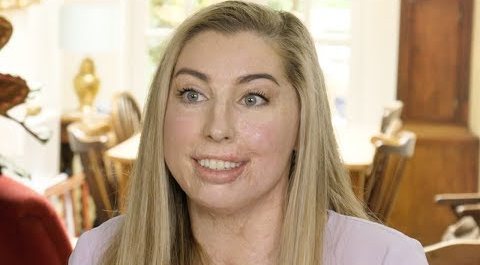What is a burn?
A burn is caused when dry heat such as that from a fire comes into contact with the skin. The skin has 3 layers, and the classification of a burn is dependent on which layers are damaged:
- The epidermis - the outer layer of the skin.
- The dermis - The layer of tissue just beneath the epidermis that contains blood, capillaries, nerve endings, sweat glands and hair follicles.
- The subcutaneous fat or subcutis - The deeper layer of fat and tissue.
There are 4 main types of burn depending on the layers of your skin that are damaged:
- Superficial epidermal - The skin will be red and sore but not blistered as only the epidermis level of skin is damaged.
- Superficial dermal burn - where the epidermis and part of the dermis are damaged and the skin may have small blisters.
- Deep dermal or partial thickness burn - In this burn the epidermis and the dermis are fully damaged. These burns can be painful or painless and the skin will become blistered.
- Full thickness burn - this is where when all 3 layers of the skin are affected and the skin is often burnt away. These burns are very painful and the remaining tissue may appear black.
What are the common difficulties associated with a burn?
A substantial burn can have an impact on many areas of daily living such as:
- The ability to wash and dress independently - including opening bottles and tubes, cleaning teeth and shaving, turning taps on and off, getting in and out of the bath or shower, fastening buttons or zips, and putting on or taking off items of clothing
- Meal preparation – including difficulty using cooking implements, carrying objects or making precision movements
- Sleep disturbances
- Pain and fatigue
- Movement around the home – such as difficulty using the stairs, holding onto grab rails, standing from seated or getting in and out of bed
- Driving
- Scaring
- Reduced function
- Contractures
If you would like to learn more about how we as occupational therapists can help people overcome common difficulties associated with burns, you will find some useful links at the bottom of this page
How can occupational therapy help people following a burn?
Occupational therapy is an important source of support for clients following a burn injury. The role of an occupational therapist (OT) is to work with clients to maximise their level of independence in day-to-day activities. We achieve this through assessments of a client’s daily life to identify goals, routines and activities that they wish to maintain, protect or work towards.
Occupational therapists can help clients following a burn in some of the following ways:
- Splinting
- Scar management programmes, including working towards increasing range of movement in joints
- Advice on techniques to make challenges, such as dressing, easier
- Provision of small aids to help around the home and with washing and dressing
- Provision of large items of equipment such as a wheelchair or bed
- Advice on pain management
- Support with any necessary home modifications such as kitchen or bathroom adaptations, stair lifts or ramps.
- Community activities and travel training
- Support with driving
- Return to work or education
- Our team also work with children and young people who have experienced burns in childhood.


